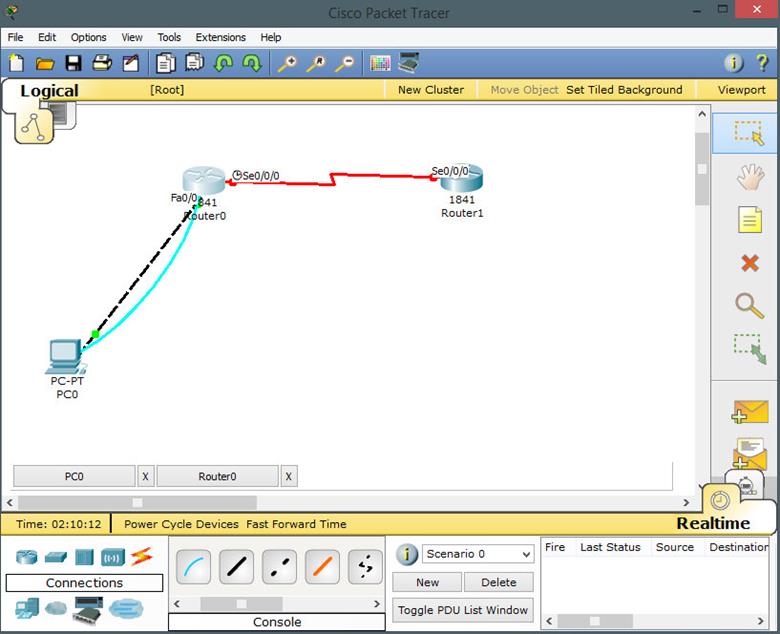
Part 2: Configure Basic Network Device Settings 163 Part 1: Cable the Network and Verify the Default Switch Packet Tracer Exercise 5-1: Configuring Secure Access and Portĥ.1.1.6 Lab–Configuring Basic Switch Settings 159 Half-Duplex, Full-Duplex, and Auto-MDIX 148Ĭonfigure a Switch with Initial Settings 148 Part 2: Configure and Verify RIPv2 Routing 127ģ.4.1.1 Class Activity–IPv6 - Details, Details… 134įrame Forwarding Methods and Terminology 139 Part 1: Build the Network and Configure Basic Device Settings 127 Packet Tracer Exercise 3-1: Configuring RIPv2 112ģ.2.1.8 Packet Tracer–Configuring RIPv2 122 Part 3: Troubleshoot Static Routes in an IPv6 Network 103Ģ.4.1.1 Class Activity–Make It Static! 107 Part 2: Troubleshoot Static Routes in an IPv4 Network 100 Part 1: Build the Network and Configure Basic Device Settings 98 Part 4: Verify That the Issue Is Resolved 95Ģ.3.2.4 Lab–Troubleshooting IPv4 and IPv6 Static Routes 96 Part 3: Configure and Test Failover to an IPv6 Floating Static Route 91Ģ.3.2.3 Packet Tracer–Troubleshooting Static Routes 94 Part 2: Test Failover to the IPv4 Floating Static Route 90 Part 1: Configure an IPv4 Floating Static Route 89 Part 2: Configure IPv6 Static and Default Routes 85Ģ.2.5.5 Packet Tracer–Configuring Floating Static Routes 89 Part 1: Build the Network and Configure Basic Device Settings 81 Part 2: Configure IPv6 Static and Default Routes 78Ģ.2.4.5 Lab–Configuring IPv6 Static and Default Routes 80 Part 1: Examine the Network and Evaluate the Need for Static Part 4: Configure and Verify a Default Route 74Īppendix A: Configuration Commands for Parts 2, 3, and 4 76Ģ.2.4.4 Packet Tracer–Configuring IPv6 Static and Default Routes 77 Part 2: Configure Basic Device Settings and Verify Connectivity 71 Part 1: Set Up the Topology and Initialize Devices 70 Part 2: Configure Static and Default Routes 66Ģ.2.2.5 Lab–Configuring IPv4 Static and Default Routes 69 Part 1: Examine the Network and Evaluate the Need for Static Routing 66 IPv6 Static and Default Route Implementation 62Ģ.2.2.4 Packet Tracer–Configuring IPv4 Static and Default Routes 65 IPv4 Static and Default Route Implementation 62 Troubleshoot Static and Default Route Issues 62 Packet Tracer Exercise 2-1: Configuring Static and Default Routes 61 Part 2: Investigate IPv6 Directly Connected Routes 48ġ.4.1.1 Lab–We Really Could Use a Map! 51Ĭonfiguring IPv4 Static and Default Routes 55Ĭonfiguring IPv6 Static and Default Routes 57 Part 1: Investigate IPv4 Directly Connected Routes 47 Part 4: Configure IPv6 and Verify Connectivity 43Īppendix A: Initializing and Reloading a Router and Switch 45ġ.3.2.5 Packet Tracer–Investigating Directly Connected Routes 47 Part 2: Configure Devices and Verify Connectivity 38 Part 1: Set Up the Topology and Initialize Devices 38 Part 2: Gather Information with Show Commands 35ġ.1.4.6 Lab–Configuring Basic Router Settings with IOS CLI 37 Part 1: Configure Devices and Verify Connectivity 35 Part 2: Configure IPv6 Addressing and Verify Connectivity 33ġ.1.4.5 Packet Tracer–Configuring and Verifying a Small Network 34 Part 1: Configure IPv4 Addressing and Verify Connectivity 33 Part 2: Trace a Route to a Remote Server Using Tracert 28ġ.1.2.9 Packet Tracer–Documenting the Network 30Īddressing Scheme and Device Connection Documentation 31ġ.1.3.5 Packet Tracer–Configuring IPv4 and IPv6 Interfaces 32 Part 1: Determine Network Connectivity to a Destination Host 28 Verify Connectivity of Directly Connected Networks 9ĭirectly Connected, Static, and Dynamic Routes 17ġ.1.1.8 Packet Tracer–Using Traceroute to Discover the Network 23

Packet Tracer Exercise 1-1: Dual Stack Addressing 9 If applicable, this section begins with a Command Reference that you will complete to highlight all the commands introduced in the chapter.Ĭonfigure and Verify Dual-Stack IPv4 and IPv6 Addressing 7 The Labs & Activities include all the online course Labs and Packet Tracer activity instructions. Skill-Building Activities and Scenarios.Each chapter is slightly different and includes some or all the following types of exercises: The Study Guide section offers exercises that help you learn the concepts, configurations, and troubleshooting skills crucial to your success as a CCENT exam candidate. The only authorized Labs & Study Guide for the Cisco Networking Academy Routing and Switching Essentials course in the CCNA Routing and Switching curriculumĮach chapter of this book is divided into a Study Guide section followed by a Lab section.


 0 kommentar(er)
0 kommentar(er)
